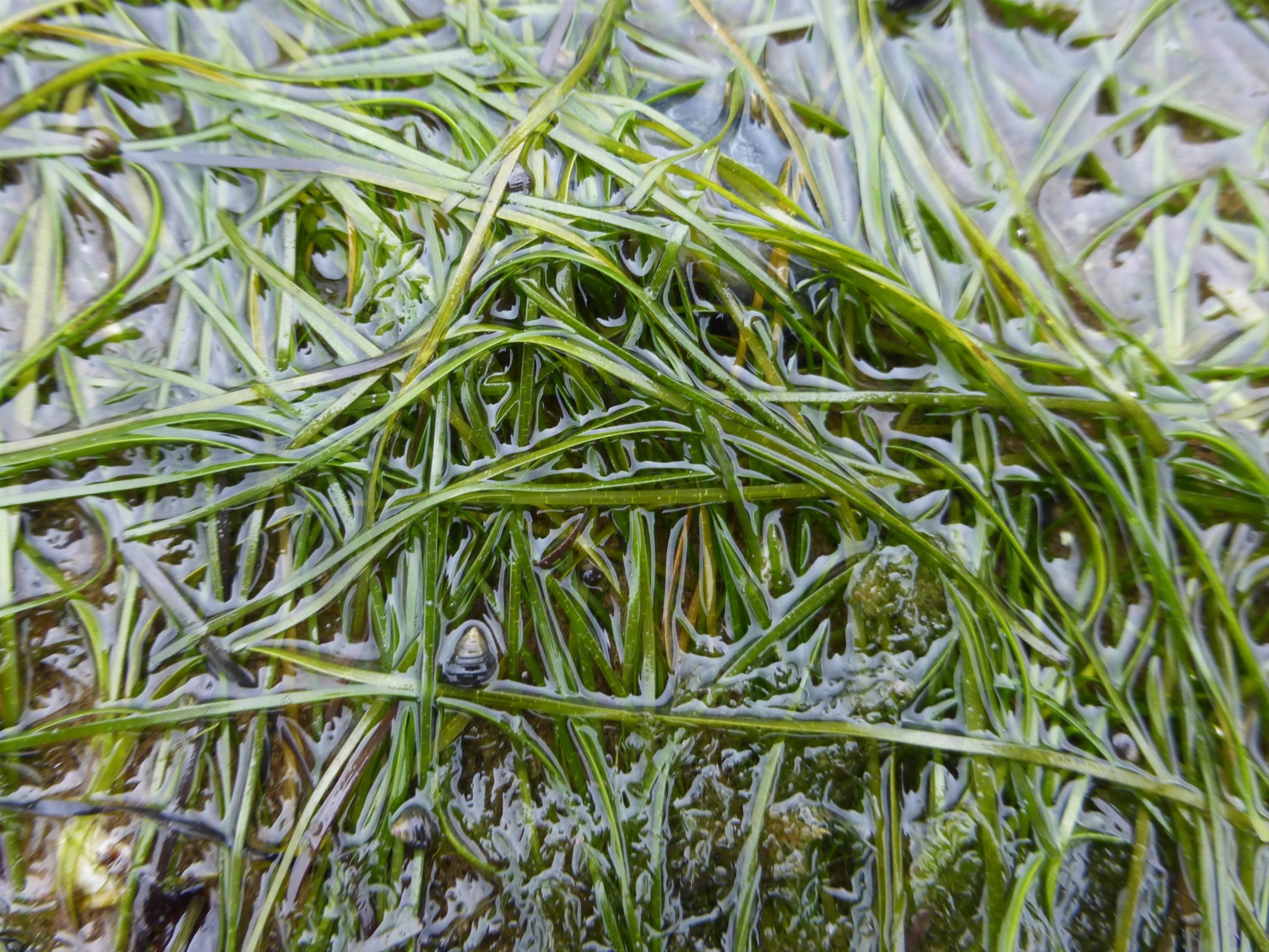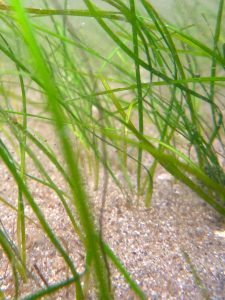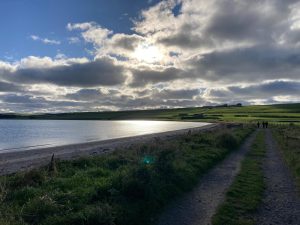World Seagrass Day – 1st March 2024

World Seagrass Day is an annual observance held on 1st March to raise awareness of the importance of seagrass ecosystems. Seagrass is a flowering plant with leaves and roots and can be found in both subtidal and intertidal zones. All three species of UK seagrass have been recorded in the Galloway and Southern Ayrshire Biosphere, primarily on the Solway coast: common seagrass, dwarf seagrass and narrow-leaved seagrass. For World Seagrass Day 2024, we’re highlighting the importance of this fascinating plant, as well as some of the projects taking place in our region to support, understand and restore these habitats.

Seagrasses, as a part of the marine ecosystem, store up to 18% of the world’s oceanic carbon and thus play a crucial role in combatting climate change. Seagrass meadows absorb carbon dioxide 35 times faster than tropical rainforests and the carbon sink of the sediment lasts longer than trees. As well as this powerful carbon storage ability, seagrass also helps protect our coastlines from erosion, with its roots in the seabed stabilising the sediment and preventing erosion by absorbing the impact of storms.
Seagrass meadows exist in over 150 countries across six continents, covering over 300,000km², making them one of the most widespread coastal habitats on Earth. Despite this, almost 30% of the global seagrass area has been lost since the late nineteenth century, and almost a third of the world’s seagrass species are in decline. Within the UK over the same period, over 90% of seagrass meadows have been damaged and 50% of these losses have been in the last 30 years. When seagrass meadows are destroyed, they emit more carbon than greenhouse gases, due to the carbon stored within them being released. Threats to the meadows include pollution, dredging, trawling of the seabed, coastal development, and invasive seagrass species which outcompete native species.

With the Galloway and Southern Ayrshire Biosphere expanding in 2023 to include 12 nautical miles of the marine environment, the seagrass within these coastal regions now comes under the remit of our UNESCO designation. We’re lucky enough to have some great partner organisations who have been working to support these habitats for years around the Biosphere’s coast. The Solway Firth Partnership are currently working on a project to help with habitat classification for restoration planning using a Mini Buoy monitoring approach. This project is looking at the conditions of natural saltmarsh, bare tidal flat and seagrass habitats within the Solway Firth through the use of mini buoys. The results will allow for the preparation and restoration or enhancement of these habitats. An earlier study undertaken by SEPA in 2013 in the Loch Ryan and Stranraer area found 83,700m2 of dwarf seagrass, highlighting the vast coverage and impact of the plant. Healthy seagrasses provide opportunities to combat climate change, adapt to future changes, strengthen coastal communities, and offer many societal benefits, which is why these projects are of great significance. Loch Ryan, a sea loch measuring more than eight miles in length, is pictured here.
Let us know about your experiences with seagrass, our coastlines and marine environment this World Seagrass Day by getting in touch with our team. We’re also keen to hear about any projects you may be involved with that support the marine environment. Email us at info@gsabiosphere.org.uk.
